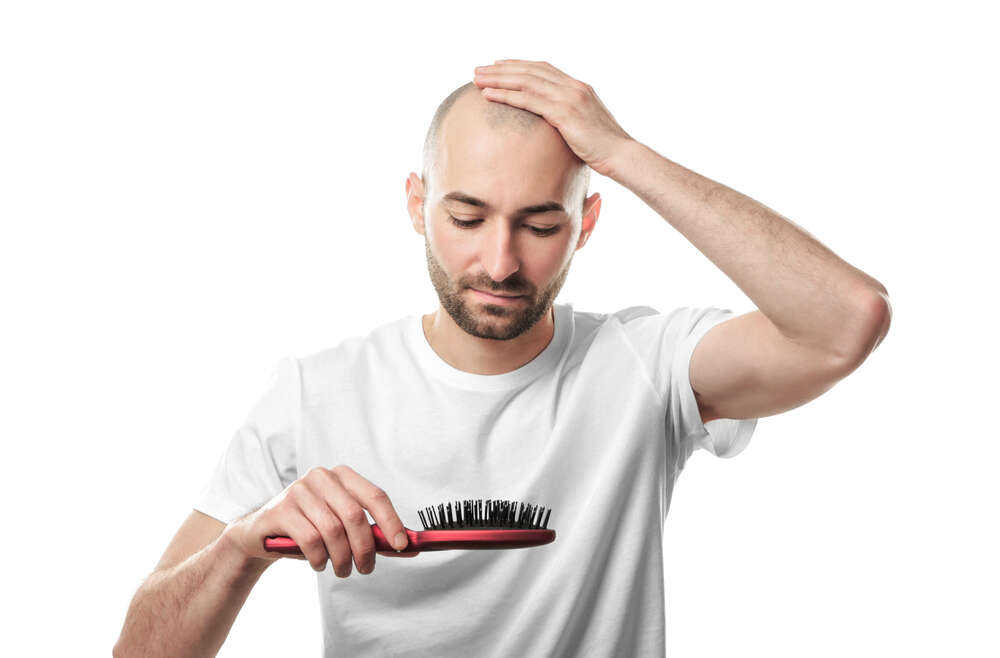A hair transplant is a surgical method of hair restoration that can last a lifetime. When performed by a qualified hair loss doctor, you’ll enjoy beautiful results that can be cut, dyed, and styled any way you wish.
To truly get the most from your new hair growth, you need this guide that explains the secret to a longer lasting hair transplant.
Your First Step to Hair Transplant Success Is Finding the Best Doctor
You shouldn’t trust your hair transplant to just anyone. Find one who is a board-certified dermatologist with years of experience performing hair transplant procedures. Don’t be afraid to ask about their background and then verify their credentials.
Understand How a Hair Transplant Works
There are two types of hair transplants – FUT (follicular unit transplant) and FUE (follicular unit extraction). FUT is the oldest method. While successful, it doesn’t always yield natural results.
Most experienced hair transplant doctors offer the FUE technique using NeoGraft. This process involves harvesting and transplanting individual follicles. It allows for a natural looking hairline and doesn’t have the hair plug look that is sometimes seen with a FUT hair transplant.
Prepare for Your Hair Transplant
Before a transplant, you need a consultation with a reputable hair rejuvenation specialist. This is an important meeting where you’ll discuss every aspect of the procedure including how you need to prepare. It is essential you follow all instructions given to you.
It is possible you’ll be asked to adjust or stop taking certain medications or supplements. If you do need to stop taking medicine, you should always get clearance from the prescribing healthcare provider first.
Alcohol affects your blood vessels and can increase swelling. For this reason, you’ll be asked to stop drinking for a period of time before your hair transplant. It’s also a good idea to stop smoking. Nicotine makes it difficult for oxygen to travel through your system, which inhibits your body’s healing process.
Your doctor will ask you to stop cutting your hair. This is especially important if hair at the donor site is short.
Follow Recovery Instructions
You’ll also be given post-hair transplant aftercare instructions which are just as important, if not more, than preparing for your procedure. In fact, careful recovery might be the most important secret to a longer lasting hair transplant. Follow all of your providers tips, which may include the following:
- It is possible you’ll be given an antibiotic after your hair transplant. Be sure to take it as prescribed. Avoid prolonged exposure to the sun too. Plan on at least 24 hours of rest with no activity.
- The first few days after your hair transplant are critical. While you might be able to resume light activity after 24 hours, you’ll need to hold off on engaging in any strenuous activity. The goal is to not do anything that can cause too much blood flow to your scalp.
- You won’t be able to wash your hair for at least 72 hours. This allows time for your scalp to start healing. Once you are able to wash your hair, use only the products recommended by your doctor. You should also sleep on your back with your head elevated to minimize swelling.
- After a week, it’s okay to wear a loose-fitting hat if necessary. A week or so after that, it will be okay to wear any type of headwear if needed.
- Be aware that you’ll experience itching as your scalp heals and scabs form. Let the scabs fall off naturally. Picking or scratching them will interfere with your results.
Here’s What to Expect the Days and Weeks After Your Procedure
In the days immediately following your hair transplant, it is possible to experience redness, swelling, itching, and minor discomfort. These are all normal side effects.
Another normal part of hair transplant recovery is shedding. This occurs because a hair transplant shocks hair follicles into the resting phase or hair growth. You’ll likely notice transplanted hair falling out, but don’t be discouraged or concerned. The transplanted follicle stays in place even if hair is shed.
At the one-month mark, you should be able to resume all normal activity. However, you now might look like you did before your hair transplant. Good things are coming, so be patient!
Three to four months after your hair transplant, you’ll start to see growth. These hairs may appear short and wispy. Hair growth might seem a bit unbalanced but it will all normalize over time.
At five months, you’ll experience significant growth, and it only gets better from here. You’ll notice your hair appears thicker, is stronger, and healthy. Continued improvements will be seen for up to a year after your hair transplant.
Want to Discover More About the Secret to a Longer Lasting Hair Transplant? Choose Kindred Hair & Skin Center!
Dr. Chesahna Kindred is a board-certified dermatologist with years of experience performing hair transplants. She’s honored to have been part of so many wonderful hair growth experiences with her patients.
During your consultation with Dr. Kindred, she’ll take the time to get to know you and your unique needs. It matters to her that you feel heard and understood, and that you receive a personalized hair transplant treatment plan designed to meet your goals.
Make the decision to choose the experience, expertise, and excellence you need for stunning, natural looking results. Call us today at 443-424-7754 to book your consultation. We are honored you have chosen us to be a part of your journey!

